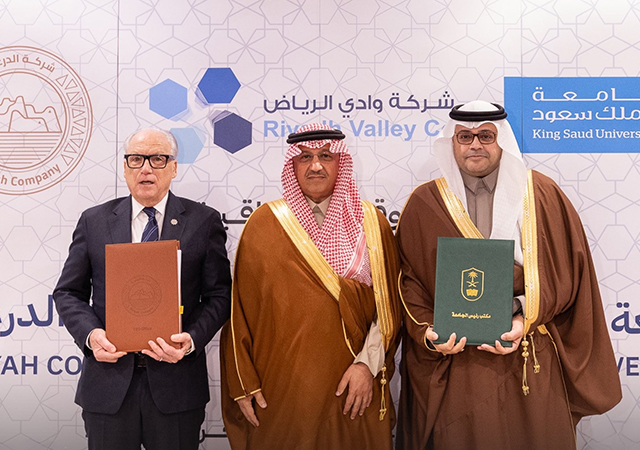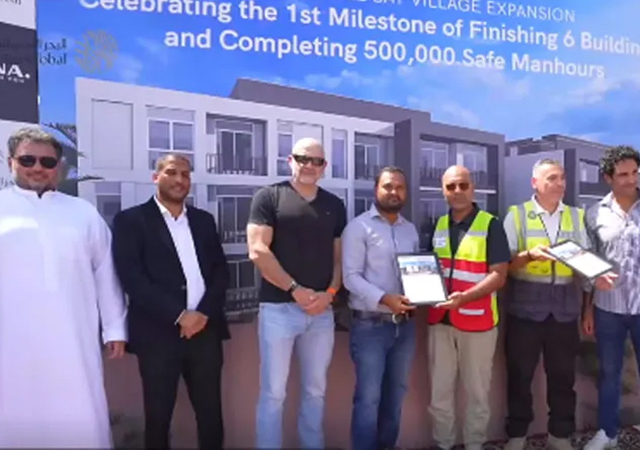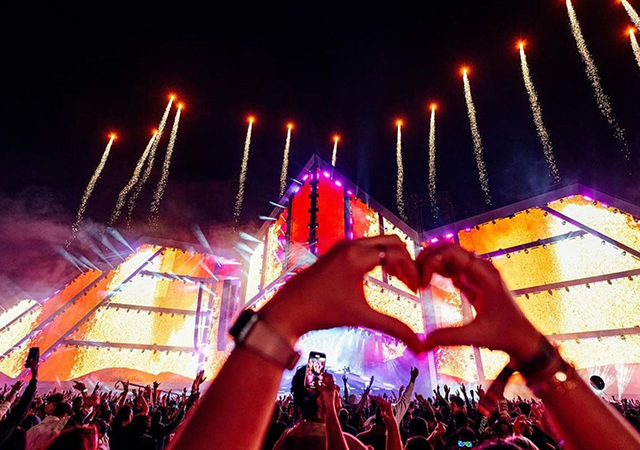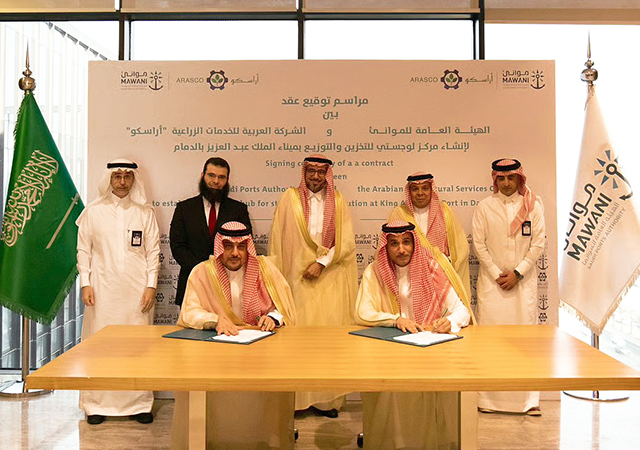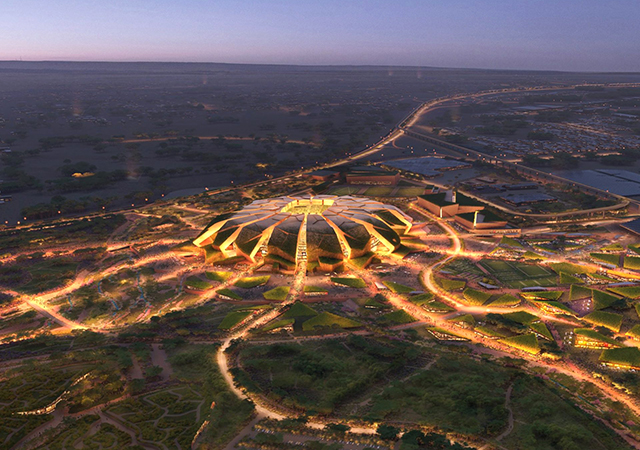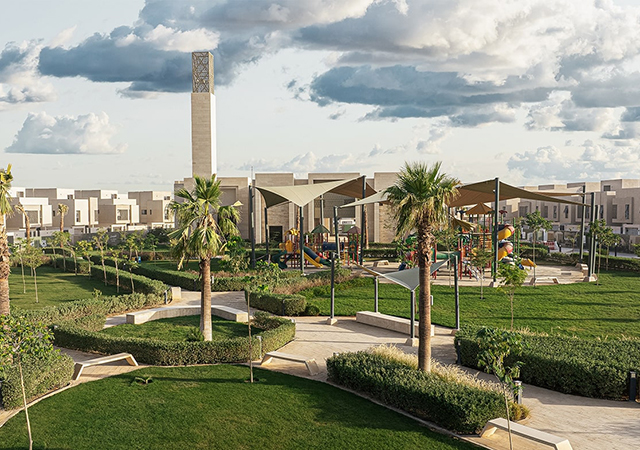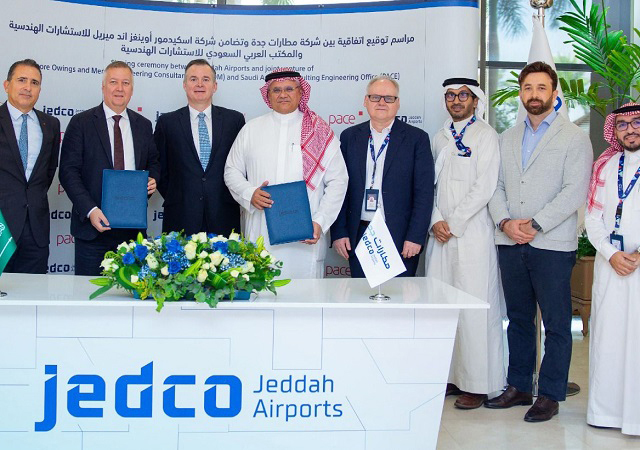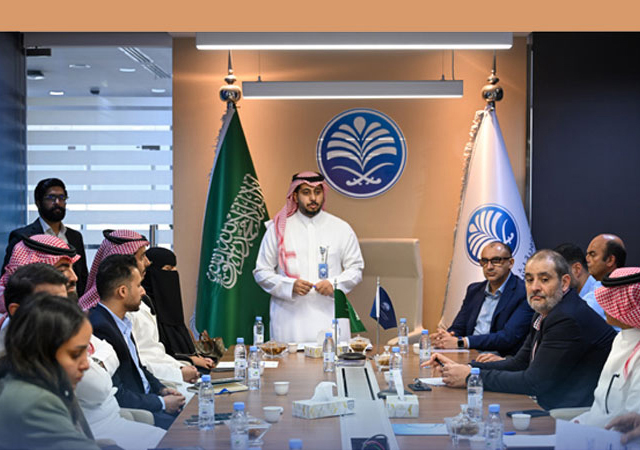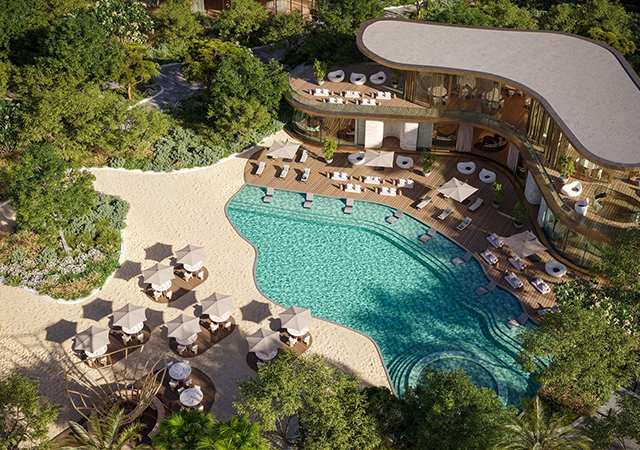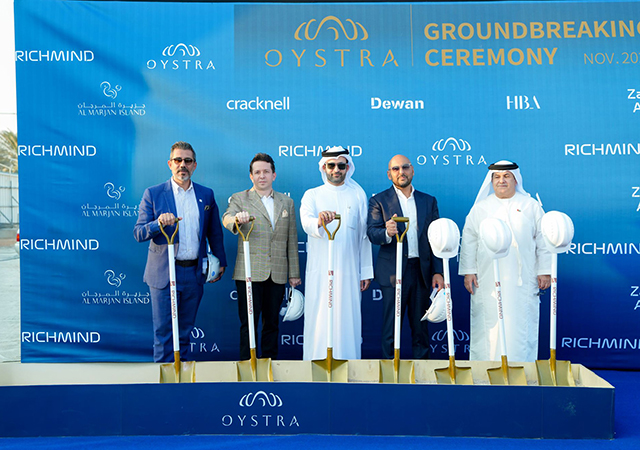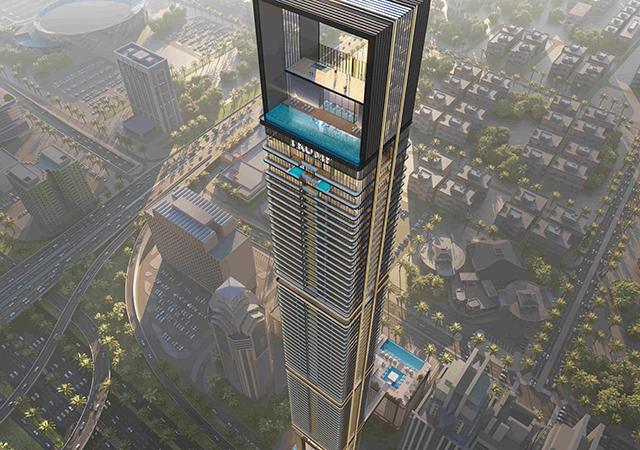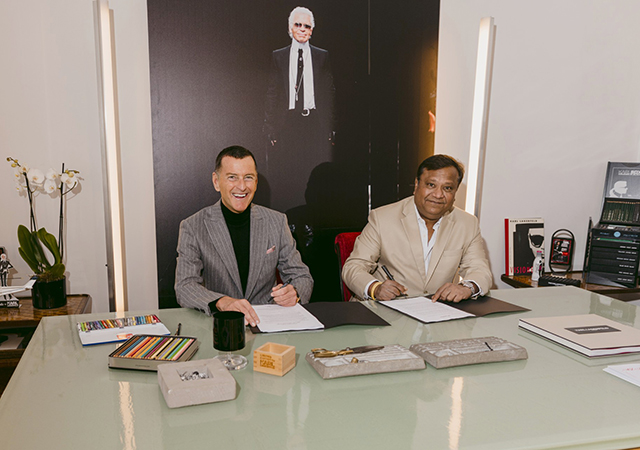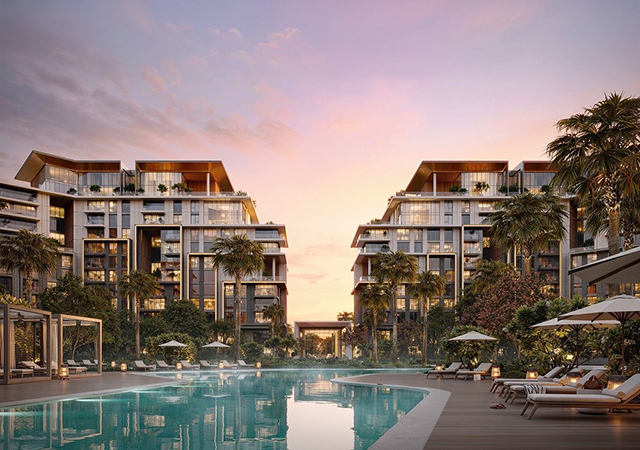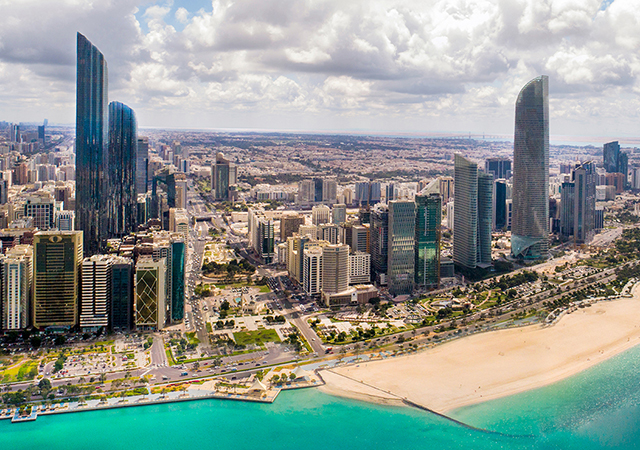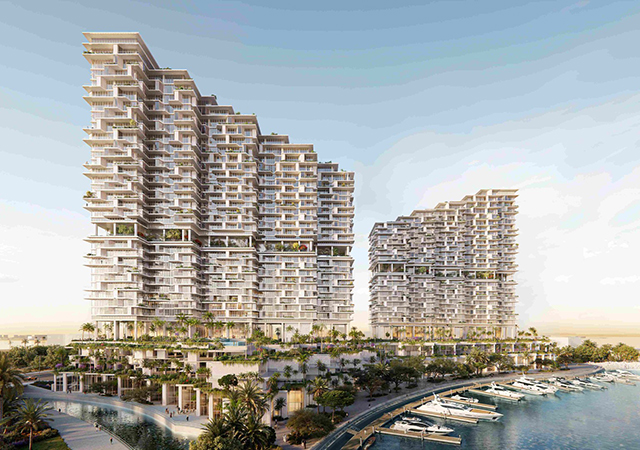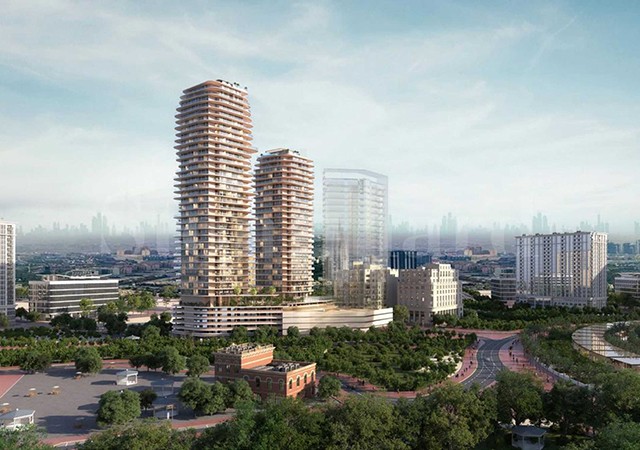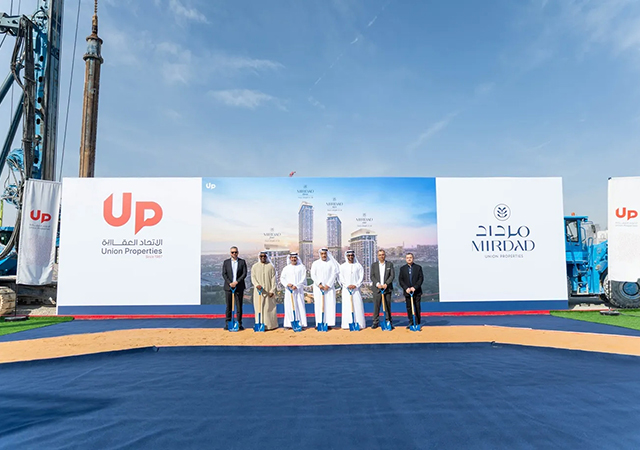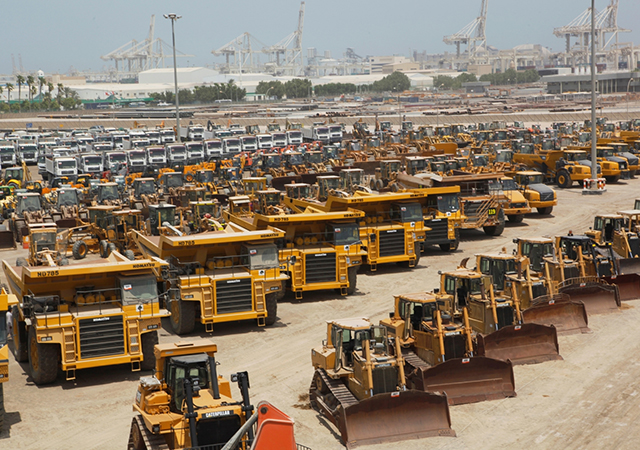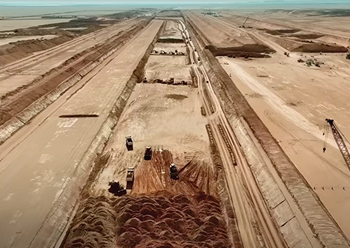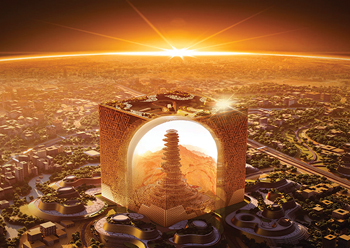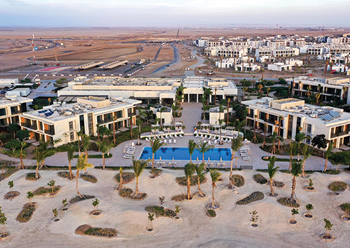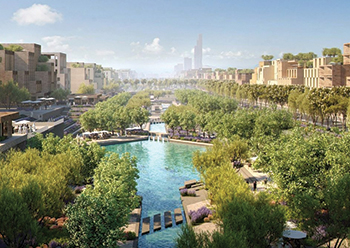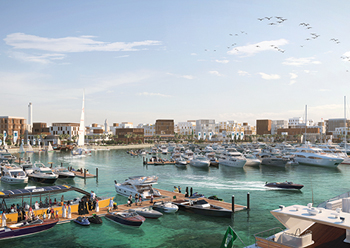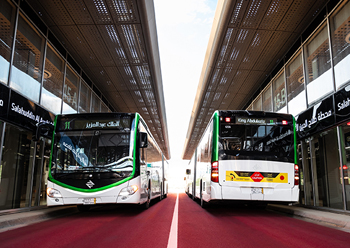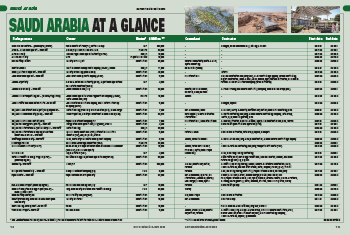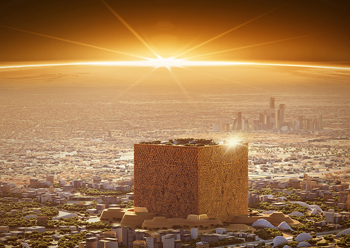
 New Murabba, the world’s largest modern downtown area, planned for Riyadh.
New Murabba, the world’s largest modern downtown area, planned for Riyadh.
Saudi Arabia is now the cynosure of the world with its regular announcements of giga-projects – including some revolutionary ones – and the global construction sector’s magnet with a pipeline of projects estimated at $1.1 trillion.
The latest mega project to be announced was the “the world’s largest downtown” to be built in the capital Riyadh, which is already developing a gamut of projects ranging from massive theme parks and gardens to entertainment hubs.
Not to be outdone in technology, Saudi Arabia has also seen the completion of the world’s tallest 3D printed building in the capital.
The kingdom has been described as the single biggest opportunity for hospitality and tourism – something that was unimaginable less than a decade ago.
Saudi Arabia has now become the strongest construction market across the region with the highest total value of project awards for four consecutive years. As of October 2022, Saudi Arabia held a 35 per cent market share with a recorded $31 billion worth of contract awards against an overall Mena total of $87 billion, according to leading real estate expert JLL’s Q4 2022 KSA Construction Market Intelligence Report.
 |
|
Trojena, the snow-capped mountain destination at Neom. |
Of the pipeline value of unawarded (pre-execution) projects estimated at $1.1 trillion, approximately 70 per cent comprise construction sector projects with residential, cultural, leisure and hospitality as sub-sector leaders.
In the second half of this year, 13,000 hotel keys are expected to be delivered in Riyadh, Jeddah, and Makkah. As per JLL data, the top 10 contractors in Saudi Arabia are responsible for $400 billion worth of projects under way.
According to global real estate consultancy Knight Frank, the planned construction in the kingdom will easily make Saudi Arabia the largest construction site the world has ever known, given its pipeline of projects to be completed in the next seven years in line with the Saudi Vision 2030. These include more than 555,000 residential units, over 275,000 hotel keys, in excess of 4.3 million sq m of retail space and over 6.1 million sq m of new office space.
“What’s more, healthcare, education and wellbeing sit at the core of the transformative plans, which will contribute to an extraordinary evolution in the kingdom’s physical realm, making it unrecognisable from what we see today by the end of the decade,” says Faisal Durrani, Partner – Head of Middle East Research at Knight Frank.
Some 15 giga projects are currently in various phases of construction across the kingdom, many of which are new, stand-alone super-cities in their own right, says the report.
The $500-billion Neom remains the largest giga-project announced to date, with The Red Sea Project and the $63.5-billion Diriyah redevelopment joining it in the big league. Work on the ambitious Neom project is moving on multiple fronts at the luxury island destination Sindalah, the snow-capped mountain destination Trojena, the revolutionary linear city The Line, and the advanced industries hub Oxagon (see Page 14).
 |
|
Masterplan for King Salman International Airport, set to be one of the world’s largest airports. |
Riyadh currently hosts the lion’s share of the mega projects that are under way or set to unfold very soon. Apart from Diriyah and Qiddiya – the entertainment city, the capital is expected to be home to the New Murabba, the world’s largest modern downtown area, which will be anchored by the iconic cube-shaped landmark, the Mukaab.
Other proposed developments include the 10-sq-km Alnama Smart City, the capital’s first zero-carbon city to host some 44,000 people when completed; and a 2-km-high megatall tower – more than double the height of the world’s tallest building Burj Khalifa in Dubai – as part of an 18-sq-km masterplanned development to the north of Riyadh.
Apart from projects for the capital, another eye-catching development – Pangeos, the floating city – has been proposed to come up some 2 km from King Abdullah port in King Abdulla Economic City near Jeddah. The terayacht project, a giant turtle-shaped structure – running 550-m long and 610-m wide – is estimated to cost around $8 billion, and is being designed by Italian studio Lazzarini.
Riyadh is currently a hive of activity as it works on the Saudi Vision 2030 to more than double its current population of 8 million by the turn of the decade. To meet this ambitious growth target, the city has seen real estate projects worth $104 billion unveiled over the last six years, according to Knight Frank.
The drive to spearhead its Vision 2030 goals has been further fuelled by the kingdom’s bid to host the Expo 2030 world fair, which could involve an investment of $8 billion in creating the Expo site.
 |
|
Amaala, a stunning wellness destination coming up along the Red Sea coast. |
Saudi Arabia’s recent push to entice foreign multinationals to open their regional headquarters in the kingdom has boosted the demand for commercial space, with occupancy levels of Grade A office space across the city hovering at around 97 per cent and a further 2.8 million sq m of world-class office space is under development, says the Knight Frank report.
A key enabler in propelling the kingdom’s ambitions will be the private sector’s participation in the growth story and Saudi Arabia has embarked on a global campaign to attract investors – be it in its ambitious new cities or in its new airports or the utilities sector.
In the power and water sector, Saudi Power Purchasing Company (SPPC) is developing several mega projects as independent power, water and waste water projects. These include a 2,060 MW solar photovoltaic (PV) plant in Makkah province, which will be the largest facility of its kind in the Middle East and Shuaibah 3 IWP Project, which, on completion, will become the world’s largest reverse osmosis desalination facility.
Housing
Saudi Arabia is making significant efforts to address its housing requirements, and two companies at the forefront of this endeavour are Roshn, a leading Saudi community developer backed by the kingdom’s sovereign wealth fund Public Investment Fund (PIF), and the National Housing Company (NHC), the investment arm of the Ministry of Municipal and Rural Affairs and Housing. Both Roshn and the NHC are playing a crucial role in providing affordable housing solutions to citizens. With ambitious targets and partnerships with leading developers, these companies are poised to make a significant impact in addressing the country’s housing needs.
Roshn has a goal to build 30,000 homes in the Saudi capital – through its first integrated community project Sedra – and 18,000 homes in Jeddah, with its Al Arous project. Sedra, which has already begun handing over units in its first phase, will be completed over eight phases.Early this year, Roshn launched two major housing communities in the Eastern Province and Riyadh. The Eastern Province project, Alfulwa, will cover a 10.8-million-sq-m area and feature more than 18,000 residential units. The Warefa project in Riyadh will have 2,000 housing units.
Meanwhile, the NHC has launched various new residential suburbs, including Al Fursan and Khuzam Suburb in Riyadh, and Al Wajiha suburb in Dammam and Qumra community in Qatif Governorate. These projects provide housing units for thousands of Saudi citizens and are being developed in partnership with leading real estate developers. Al Fursan, in the northeast of Riyadh, will span a 35-million-sq-m area and comprise more than 50,000 residences of various types, as well as over 190 key facilities and commercial centres surrounded by 6 million sq m of green space.
Working in partnership with the private sector, the NHC has launched several initiatives and programmes aimed at increasing and improving the supply of affordable housing and promoting sustainable urban development across the country. Among these initiatives are the “Sakani” programme that provides housing loans, grants and subsidies to eligible Saudi citizens, as well as a “Wafi” programme that supports the development of high-quality housing projects across the country.
Airports & Ports
Saudi Arabia has signalled its determination to press ahead with its ambitions for the aviation sector with the recent appointment of Egis, an international consulting and construction engineering group, to provide consulting services for 26 airports in the kingdom.
This apart, the kingdom has signed up leading architectural firm Foster+Partners to design the masterplan for King Salman International Airport, set to be one of the world’s largest airports, spread over a 57-sq-km area in Riyadh. The airport will feature six parallel runways and the existing terminals named after King Khalid, as well as 12 sq km of airport support facilities, residential and recreational facilities, retail outlets, and other logistics real estate. Once operational, the airport aims to accommodate up to 120 million travellers by 2030 and 185 million travellers, with the capacity to process 3.5 million tonnes of cargo, by 2050. The new airport is being designed as an aerotropolis centred around a seamless customer journey, world-class efficient operations, and innovation.
In the ports sector, Saudi Ports Authority (Mawani) has signed a build-operate-transfer (BOT) deal valued at over $1.8 billion with Saudi Global Ports (SGP) to upgrade and develop two container terminals at King Abdulaziz Port in Dammam. The project aims to optimise port operations and modernise infrastructure to build a sustainable maritime ecosystem, while raising the port’s overall capacity by 120 per cent to 7.5 million TEUs.
Riyadh: A hive of activity
Saudi Arabia is racing ahead to transform the capital into a major global metropolis in line with its ambitions to host the Expo 2030. Earlier this year, the CEO of the Royal Commission for Riyadh City Fahd Al-Rasheed indicated that some $400 billion is being invested in this transformation plan. If Saudi Arabia is successful in its bid to host the Expo 2030 world fair, some $8 billion will be earmarked to develop the proposed Expo site.
Among the most awe-inspiring projects announced were plans for the world’s largest downtown area, New Murabba, and for one of the largest airports in the world, King Salman International Airport.
Three – Diriyah, Qiddiya and Roshn – of the five giga projects launched earlier by PIF are located in the capital and have been designed to a create a destination with diverse attractions – cultural, historic, adventure and thrills, entertainment – while addressing the social housing needs of the kingdom.
Among other plans, Riyadh is developing the first non-profit city in the world – the Prince Mohammed Bin Salman Non-Profit City, which is expected to be a model for the development of the non-profit sector globally and an incubator for youth and volunteer groups as well as local and international non-profit institutions.
In addition, various mega projects – such as the Green Riyadh, one of the largest urban greening projects in the world which involves planting of more than 10 million trees; Sports Boulevard; the King Salman Park, which aims to transform the King Salman Air Base into one of the largest city parks in the world; and Riyadh Art – are part of the Saudi Vision 2030 plan to position Riyadh among the world’s top 100 most liveable cities.
Al-Rasheed revealed that the city has over 30 mega projects under way including Qiddiya, Diriyah, Green Riyadh and King Salman Park, and the metro.
The $23-billion Riyadh metro – comprising six lines spanning a total length of 176 km, with 85 stations – is the largest single-phase public transport project ever developed. It is part of the King Abdulaziz Public Transport Project in Riyadh, which in March launched the bus service, with the metro to follow soon (see Page 30).
Diriyah: A $63.5-billion redevelopment plan is well under way in Diriyah, a historic district and Unesco heritage site located near Riyadh. This ambitious development is also planning to build Saudi Arabia’s own version of France’s Champs-Elysees (see Page 19).
Murabba: Plans to build the world’s largest modern downtown New Murabba were revealed recently. The project will span 19 sq km and will include an innovative landmark, the Mukaab, standing 400 m high, 400 m wide, and 400 m long (see Page 21).
Qiddiya: Work is progressing on a number of fronts at Qiddiya, a futuristic destination in the Saudi capital, including a water theme park – which will be the largest of its kind in the region, an artificial mountain and bridges within the development.
The Qiddiya Water Theme Park will cover 337,948 sq m and include 22 rides, nine of which will be world-firsts. The expansive project will have nine distinct districts inspired by native animals and habitat, including Camel Rock, the Den, the Herding Grounds and Arabian Peak.
The water theme park is being built by a joint venture of Alec Saudi Arabia Engineering & Contracting and El Seif Engineering Contracting under a SR2.8-billion ($750 million) awarded early last year. Dewan is the lead design consultant on the water theme park.
Work is also under way on the construction of Six Flags Qiddiya under a contract worth SR3.7 billion. It will feature several ‘world first’ rides including the signature attraction, The Falcon’s Flight, which is the tallest, longest and fastest roller coaster in the world.
Sports Boulevard: Work is in progress on the first phase of Sports Boulevard, which is expected to be the world’s longest linear park. The project includes 4.4 million sq m of greenery, 50 multidisciplinary sports facilities, and artistic landmarks (see Page 25).
Misk City: Mohammed Bin Salman Nonprofit City (Misk), being developed on a 3.4-sq-km area in Riyadh, has seen significant developments in recent months. IHG Hotels & Resorts has signed a management agreement for a new Hotel Indigo within the city. The hotel will feature 234 guestrooms and suites, as well as 138 serviced apartments, and is scheduled to open in 2025.
The first non-profit city in the world aims to become a robust thriving community to attract organisations that contribute to achieving the goals of the Misk Foundation in sectors such as education, entrepreneurship and the nonprofit sector.
It will boast a residential cluster including 500 villas and townhouses, as well as 6,000 apartments with multiple floor plans that can accommodate nearly 18,000 residents.
Global architectural network RMJM is working on the first group of Grade A office buildings within the city (see Saudi Focus, Page 62). Last year, Australian architecture and design practice Conrad Gargett was appointed as architects for the Misk Foundation headquarters. The headquarters will include a boutique museum, a publicly accessible central gathering space, and office accommodation that wraps around a central garden space. The city already host the new Misk school campus, comprising nine school buildings for male and female students aged three to 18 years.
Konoz: Plans for a SR7-billion entertainment hub – Konoz – were recently announced for Riyadh featuring a host of residential, commercial and leisure components.Spread over a 50,000-sq-m area, Konoz will boast cutting-edge commercial offices, retail and F&B outlets in addition to a 20,000-sq-m entertainment city, a luxury hotel and serviced apartments, as well as a premium residential offering (see Page 32).
 |
|
The massive Jabal Omar Development ... Phases Two, Three and Four are under way. |
Makkah & Madinah: Pilgrims focus
Makkah and Madinah continue to press ahead with grandiose plans to cater to the surging number of pilgrims that visit these holy cities throughout the year. International hotels, luxury homes, malls and a world-class transport network are all part of the cities’ development plans.
The region’s real estate sector received further impetus following the recent opening of the sector to foreign investment.
As part of the wider Makkah and Madinah region, the AlUla region is currently a major focus area and receiving considerable interest as a historical and cultural destination.
Among the key projects under way in Makkah are Masar Destination, Jabal Omar Development and the Thakher Makkah, while Madinah also has its fair share of projects including the Rua Al Madinah development and projects at the Knowledge Economic City (KEC), such as the SR1.3-billion Knowledge City Forum.
Masar: Infrastructure work on $27-billion Masar Destination in Makkah is now nearing completion, according to its owner and developer Umm Al Qura for Development and Construction Company. Work is now in progress on the first package of hotel projects at the development.
The cultural destination aims to transform the western part of Makkah under an ambitious redevelopment programme. The masterplan of Masar Destination includes 3.8 million sq m of buildings serving the hospitality sector comprising 40,000 hotel rooms and apartments; 2.1 million sq m of residential buildings offering 10,000 homes; a 317,870-sq-m commercial zone; 987,000 sq m of office spaces; 28,700 sq m of public service centres; and 272,290 sq m dedicated to health services.
Jabal Omar Development: The massive Jabal Omar Development, a mixed-use real estate project within walking distance of the Grand Mosque, continues to see significant progress on its second, third, and fourth phases. Jabal Omar Development Company (JODC) has announced that Phases Two and Three are targeted for completion by the year-end and Phase Four by Q4 2024. On completion, the Jabal Omar master project will have a built-up area of over 2.5 million sq m with a total of 46 towers that include hospitality, commercial, and residential developments.
Thakher Makkah: This $7-billion project being developed by Thakher Development Company spans an area of 320,000 sq m and is located about 1 km from the Grand Mosque. The first phase of the project is almost complete, while the second phase is expected to be delivered in 2024. The project will include about 100 land plots for hotels and residential, commercial, and service-related areas. The development’s infrastructure facilities will include a road network, tunnels, pavements, landscaping, as well as shopping areas, restaurants, and cafes.
Rua Al Madinah: Rua Al Madinah Holding Company, a wholly-owned subsidiary of the PIF, is moving ahead on its Madinah Central Area (MCA) development plan that will ultimately deliver greatly expanded retail and hospitality assets in Madinah. The project involves redeveloping an area of 1.5 million sq m and adding more than 47,000 hotel rooms by 2030. Work on the project’s infrastructure has begun, and aims to boost Madinah’s capacity to host 30 million pilgrims in the next seven years.
Among recent developments, Marriott International has signed an agreement with the developer to open eight new hotels in the Saudi city, adding 4,400 rooms across eight of the company’s brands.
AlUla: The AlUla project, the cornerstone of the kingdom’s cultural and touristic ambitions, is developing an archaeological, cultural and touristic complex - an open-air living museum.
Early this year, the Royal Commission for AlUla (RCU) unveiled plans to develop an equestrian village spread over a 2.85-sq-m area and a contemporary art gallery at the Unesco heritage site. Late last year, the RCU unveiled the designs for a 700-unit community, its first model neighbourhood. Systra, an engineering and consulting group, is designing a 50-km tramway that will run from AlUla International Airport in the south to Hegra city in the north.
Jeddah & The Red Sea: Tourism hub
Being the gateway to the holy cities of Makkah and Madinah and in line with Saudi Arabia’s tourism ambitions, Jeddah is implementing a major redevelopment plan which includes the SR73-billion Jeddah Central and the Jeddah Historical District projects. Also planned for the city is a metro system.
Along the Red Sea coast meanwhile, impressive progress has been made by Red Sea Global (RSG), on the development of The Red Sea Project, a 28,000-sq-km pristine tourism destination and Amaala, a stunning wellness destination.
The Red Sea Project: The Red Sea project, which is home to a vast archipelago of 92 islands, mountain canyons, dormant volcanoes, sweeping desert dunes, and ancient heritage sites, recently announced plans for a Four Seasons Resort and the Jumeirah The Red Sea resort. Upon completion in 2030, the project is expected to host 50 hotels, offering up to 8,000 hotel rooms, and around 1,300 residential properties (see Page 23).
Amaala: RSG has recently awarded two major contracts for the first phase of development at Triple Bay Marina Village including a marine life institute and a yacht club. Additionally, the company has awarded a primary infrastructure and utility contract for the first phase of the Amaala project. RSG has also signed up partnerships with hospitality chains to introduce a premium property by Rosewood Hotels & Resorts, a Jayasom Wellness Resort and a Clinique La Prairie Health Resort at Amaala (see Page 23).
Jeddah Central: Being built in three main phases, the Jeddah Central project aims to create a global destination in the heart of Jeddah with multiple components, including a 9.5-km waterfront and four main landmarks, namely a museum, an opera house, a sports stadium, and an oceanarium. It will be home to a world-class marina and a 2.1-km sandy beach. The developer Jeddah Central Development Company (JCDC) has signed up Malta-based International Hotel Investments to establish its Corinthia brand of hotels within the project’s Marina district (see Page 28).
Jeddah Historic District: The Jeddah Historical Rejuvenation Project as recently seen the launch of its Waterfront Project, which aims to transform the Al Balad area into a world-class tourist and cultural destination.
The Waterfront Project will include the construction of a yacht marina and the creation of open green spaces. It will reconnect the Red Sea with downtown Jeddah and revitalise the historic Al Bunt Port. The final phase will include the development of a luxury yacht marina and public utilities.



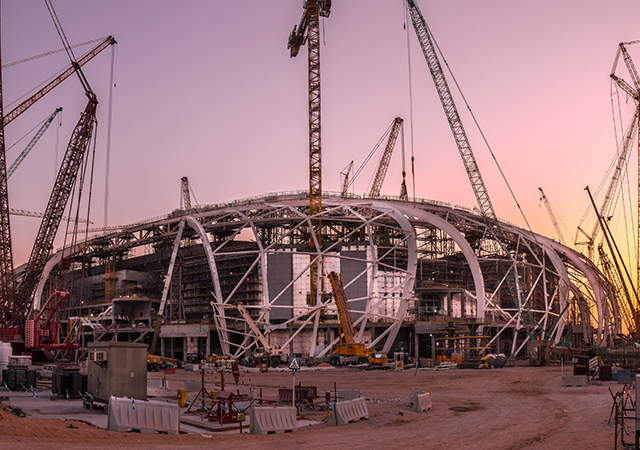
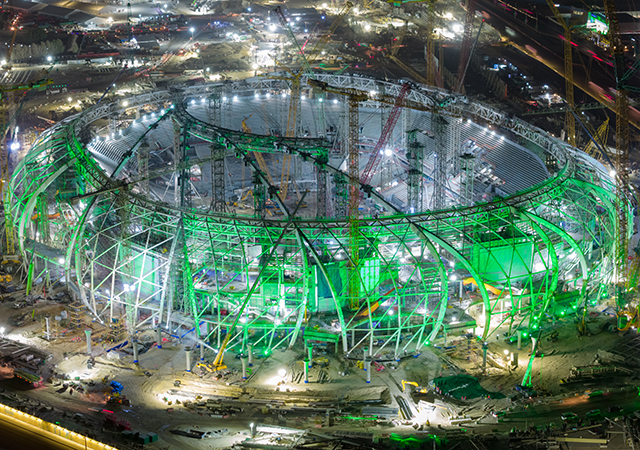
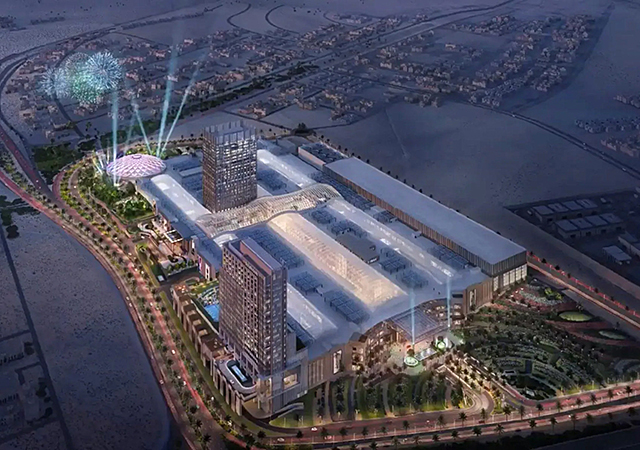
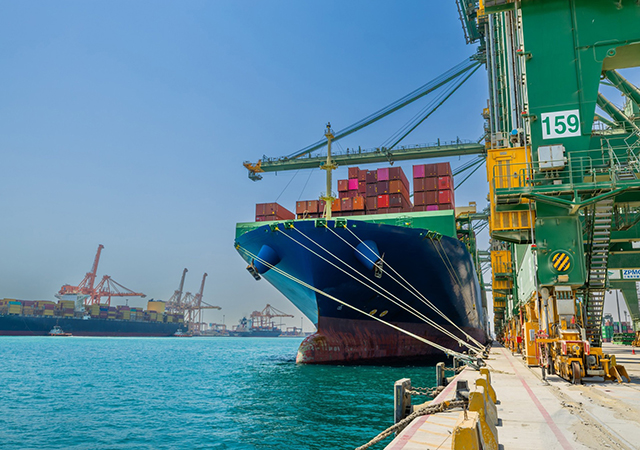
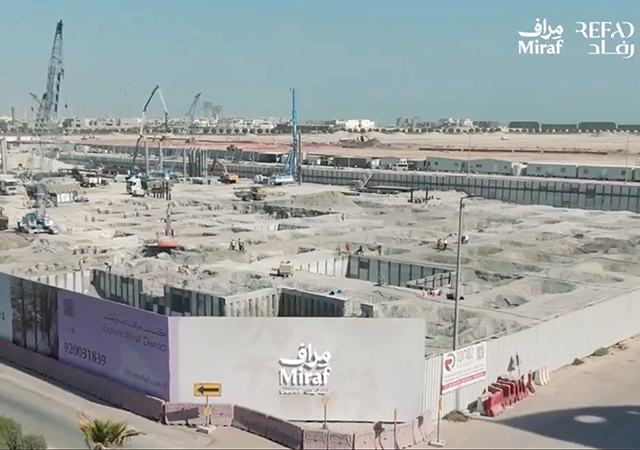
.jpg)
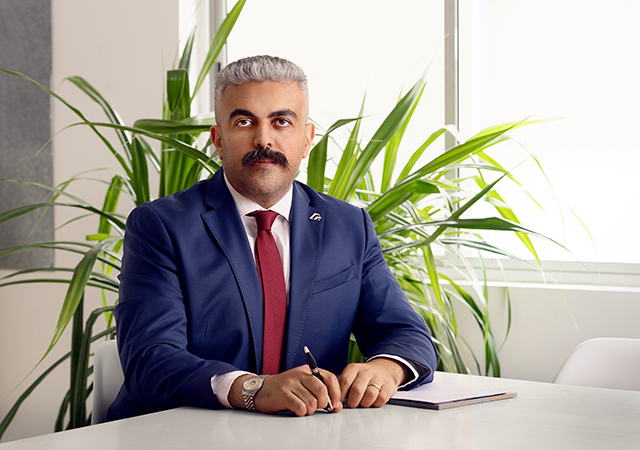


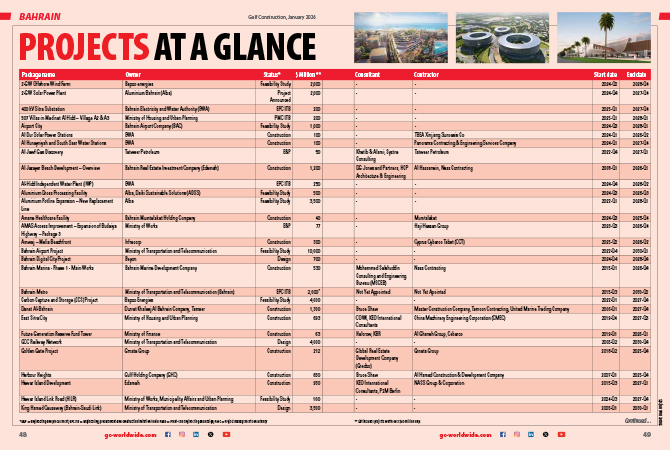
.jpg)
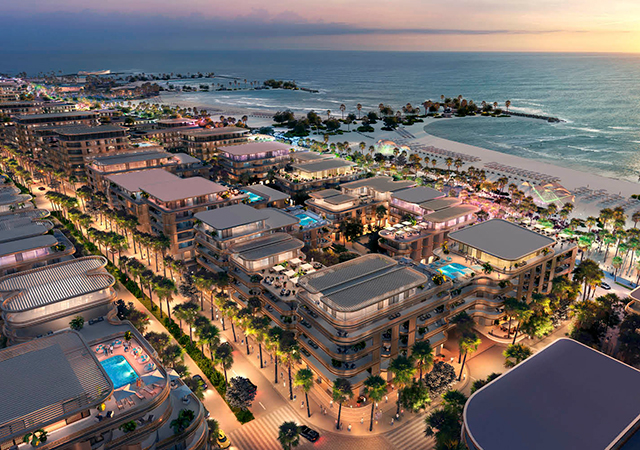
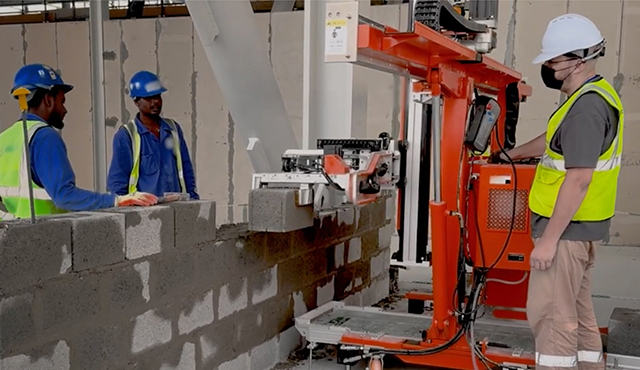
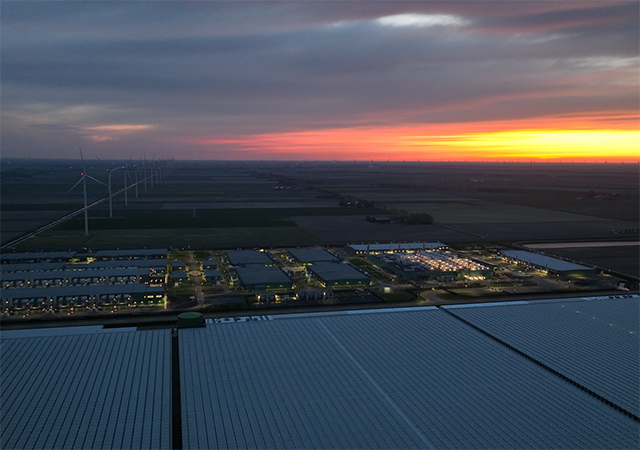
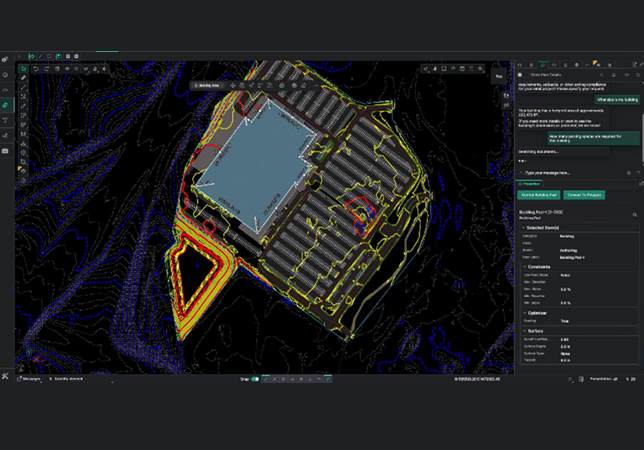
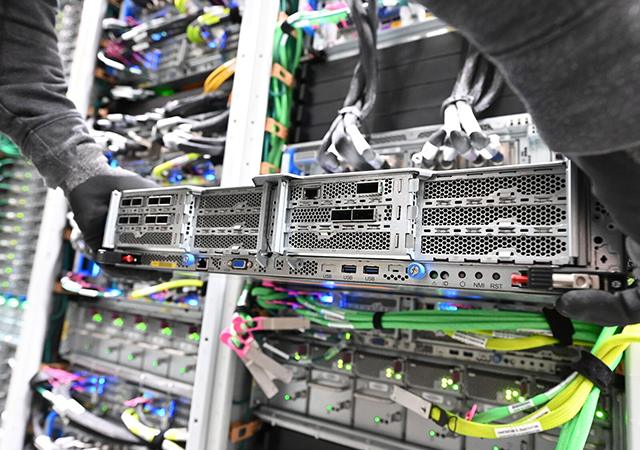
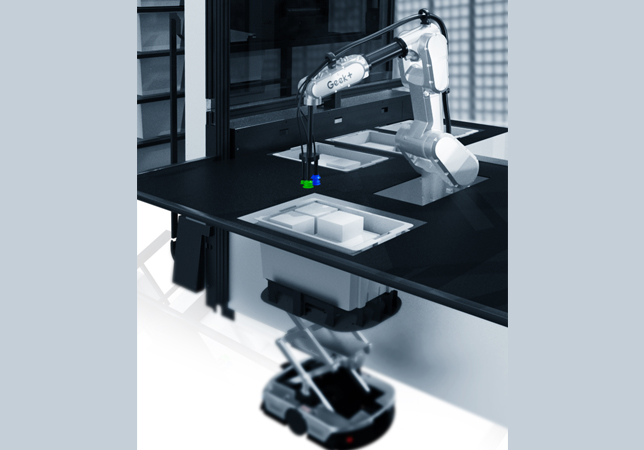

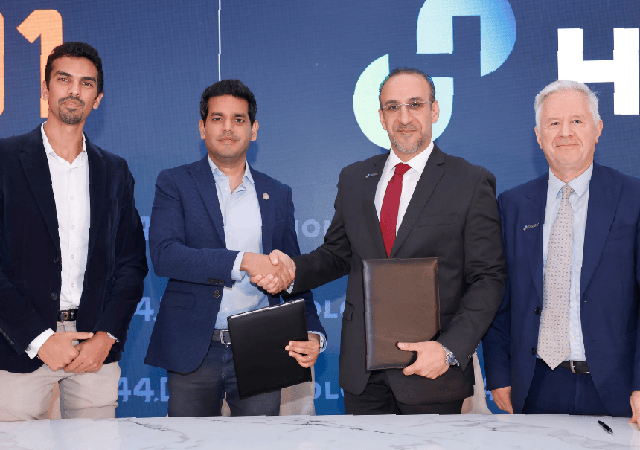
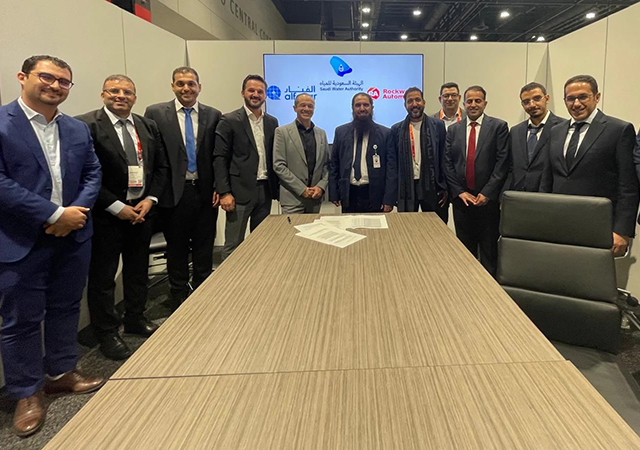

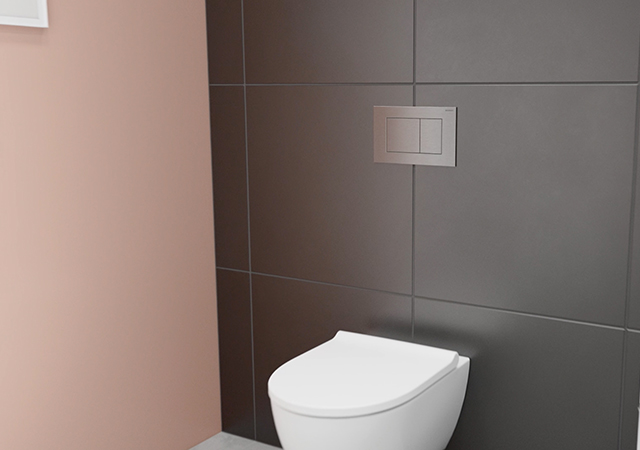
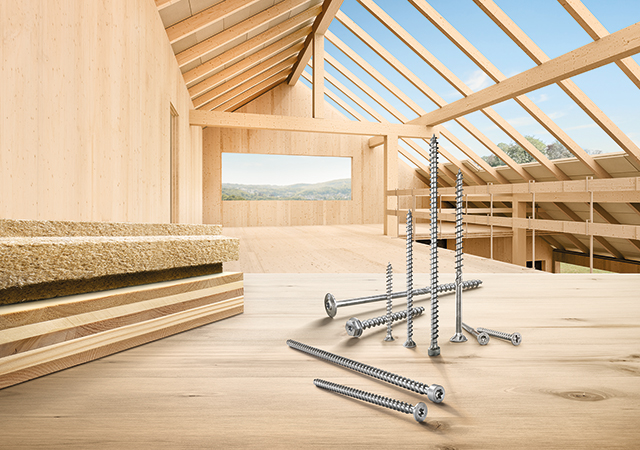


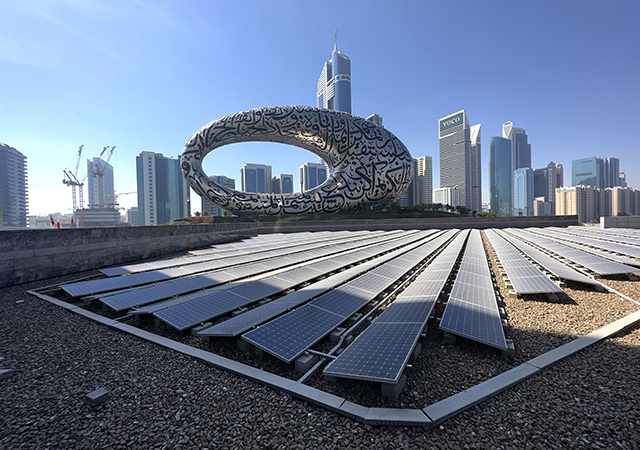
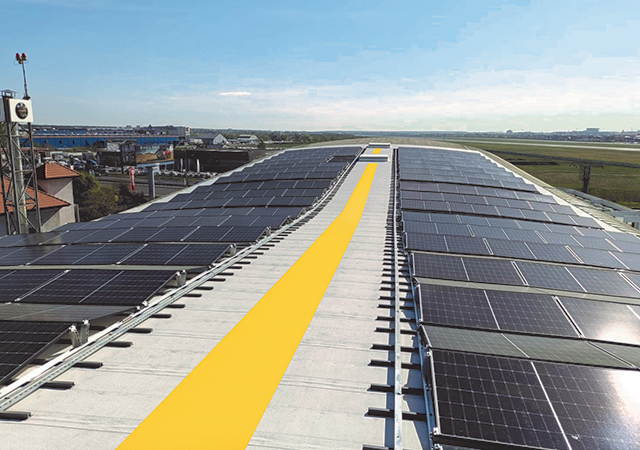
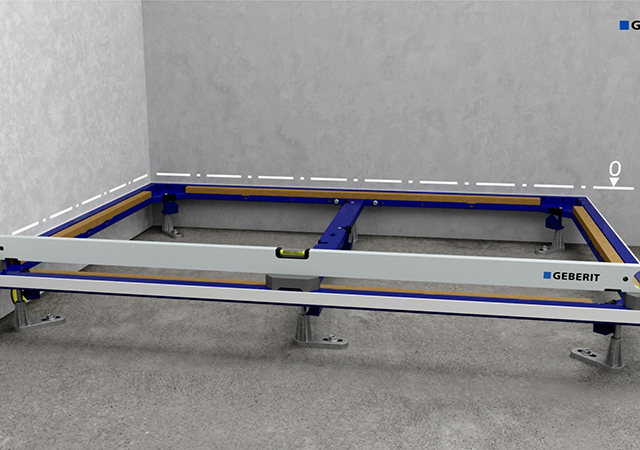
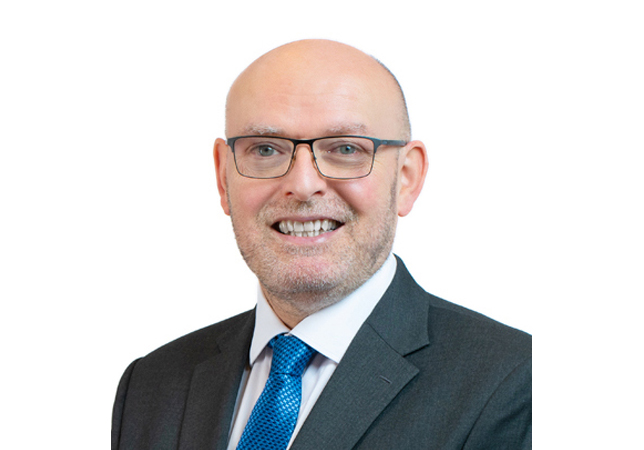
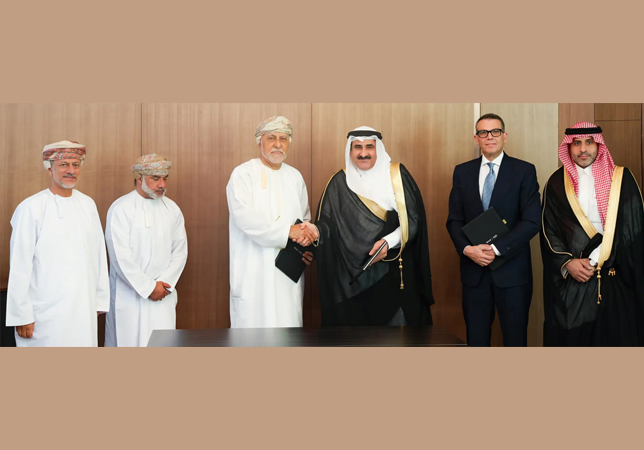
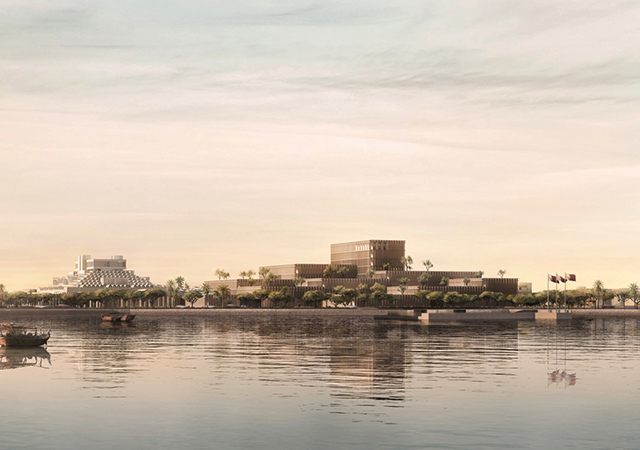
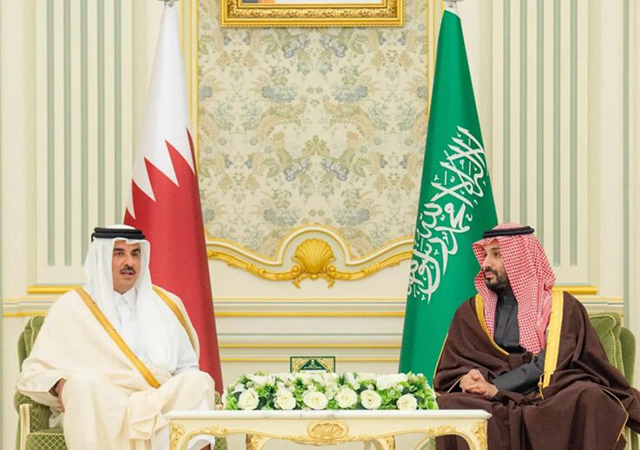


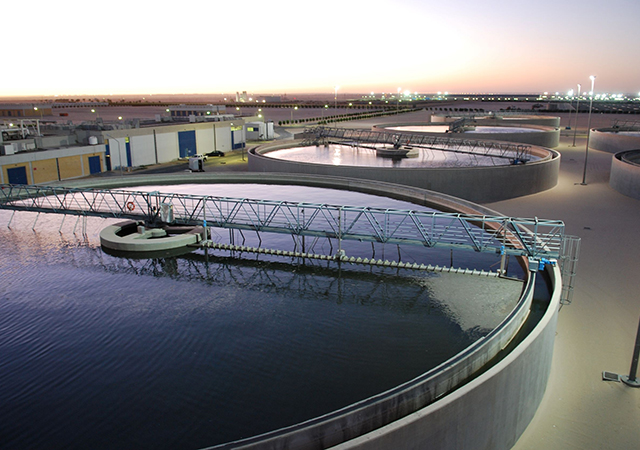
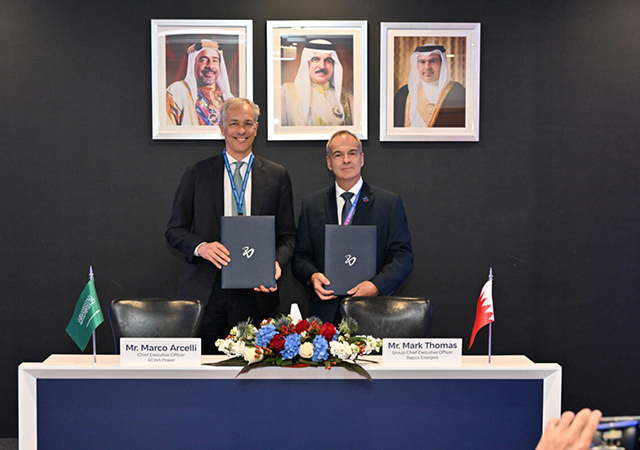

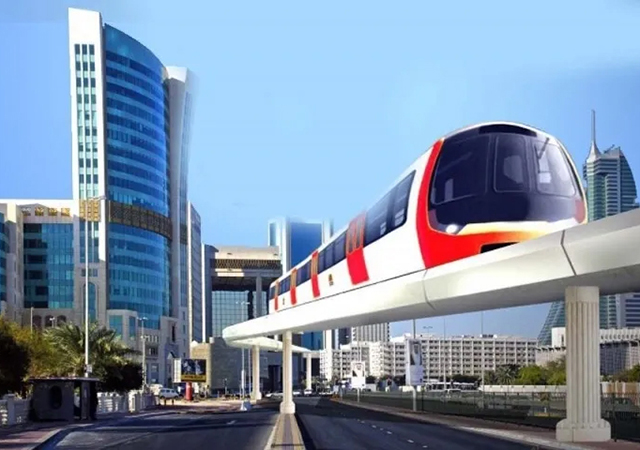
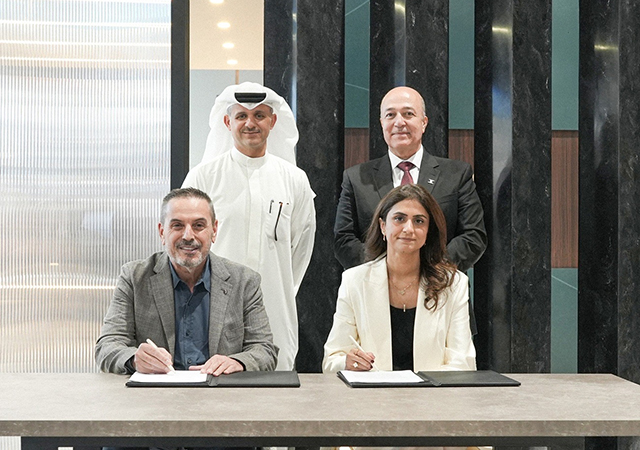
.jpg)
